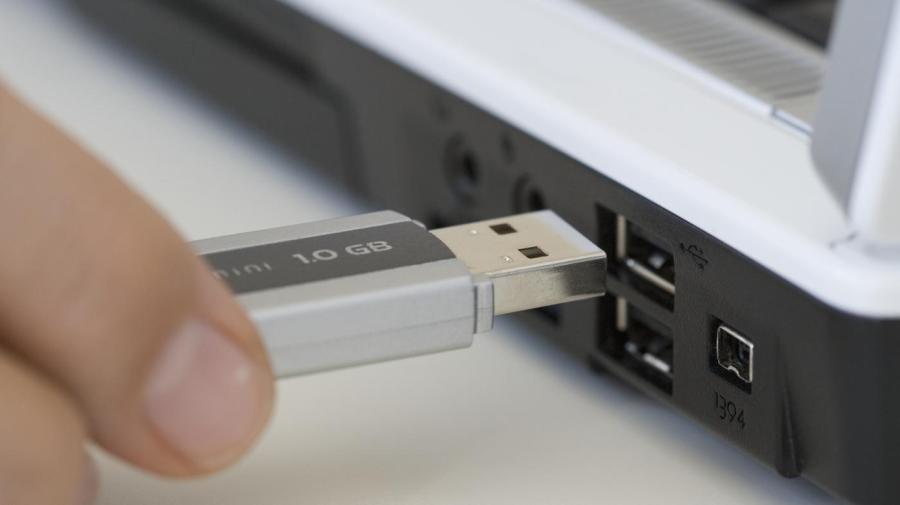What Is Backing Storage?

Backing storage refers to any computer storage media besides the internal memory. When a computer restarts or loses power, it clears the internal memory. Backing storage retains data for an indefinite period even without power. Common backing storage devices include internal hard drives, external hard drives, USB flash drives, network drives, DVDs, CDs and magnetic tape.
Backing storage devices have several roles. An internal device stores data on a computer while it is in use. An external device such as a USB flash drive can transfer data between computers. Larger devices keep a backup copy of data in case the internal drive fails or corrupts data. Backing storage devices need power to access stored data but not to retain data. This makes some forms, such as DVDs, ideal for long-term storage. Backing storage also costs less than internal memory and has far greater capacity, allowing multiple copies of data on different devices. Most backing storage devices are slower than internal memory, but cost reductions in solid-state drives have addressed this problem.
Early computers had limited internal drive space, so backing storage devices, like tapes or floppy drives, helped keep a copy of the data and allowed users to erase some data and make room for more. As new and faster devices such as CDs and DVDs became available, tape backup usage declined.





